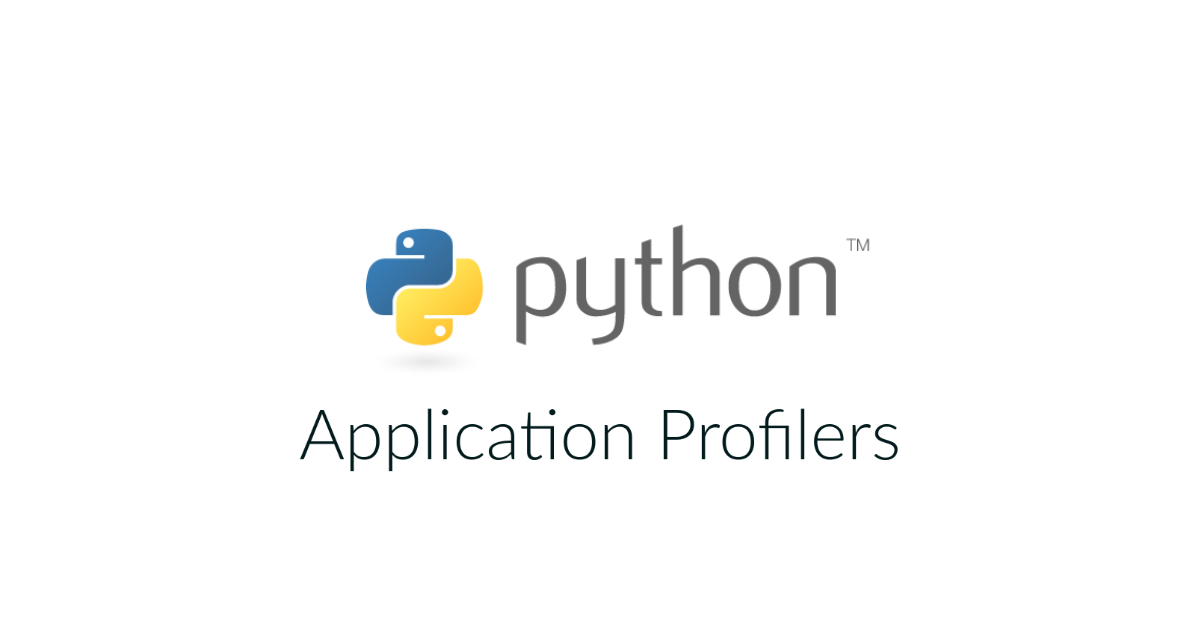Comparing the Benefits and Drawbacks of Popular Python Application Profilers

There are many Python application profilers available, each with its own unique features and capabilities. Here is a list of some popular Python application profilers and a brief overview of their benefits and drawbacks:
1. cProfile
cProfile is a built-in Python profiler that provides performance measurement and bottleneck identification. It is simple to use and provides a detailed breakdown of an application’s performance.
One of the main benefits of cProfile is its simplicity, making it easy for developers to get started with performance optimization. However, it may not be as powerful as some of the other profilers on this list.
2. Profile
profile is another built-in Python profiler that provides performance measurement and bottleneck identification. It is more powerful than cProfile but requires more setup and has a steeper learning curve.
One of the main benefits of profile is its ability to provide detailed performance information, making it useful for more advanced performance optimization. However, its complexity may make it more difficult for developers to get started with.
3. Py-spy
py-spy is a high-performance Python profiler that provides code-level profiling and memory profiling. It is simple to use and can be used to profile both Python 2 and Python 3 applications.
One of the main benefits of py-spy is its ability to provide detailed code-level and memory profiling information, making it useful for identifying and fixing performance issues at the code level. However, it may not be as well-suited for more advanced performance optimization tasks.
4. Pympler
Pympler is a Python memory profiler that provides detailed information about the use of memory in an application. It can be used to identify memory leaks and optimize the use of memory in an application.
One of the main benefits of Pympler is its focus on memory optimization, making it particularly useful for applications that have memory-related performance issues. However, it may not provide as much information about other aspects of an application’s performance.
5. Memory_profiler
memory_profiler is a Python module that provides memory profiling for Python applications. It can be used to measure the memory usage of an application and identify areas where memory optimization is needed.
One of the main benefits of memory_profiler is its focus on memory optimization, making it useful for identifying and fixing memory-related performance issues. However, it may not provide as much information about other aspects of an application’s performance.
6. Objgraph
objgraph is a Python module that provides visualization of Python object graphs. It can be used to identify objects that are taking up a large amount of memory and to understand how objects are related to each other in an application.
One of the main benefits of objgraph is its ability to provide visualizations of object graphs, which can be helpful for understanding the relationships between objects in an application. However, it may not provide as much information about other aspects of an application’s performance.
7. Pyflame
pyflame is a high-performance Python profiler that provides code-level profiling and transaction tracing. It is particularly useful for profiling applications that use multiple threads or processes.
One of the main benefits of pyflame is its ability to provide detailed code-level profiling information and transaction tracing, making it useful for identifying and fixing performance issues at the code level.
It is also well-suited for profiling applications that use multiple threads or processes. However, it may not be as user-friendly as some of the other profilers on this list and may require more setup and configuration.
8. Pyinstrument
pyinstrument is a Python profiler that provides code-level profiling and transaction tracing. It is simple to use and provides a detailed breakdown of an application’s performance. One of the main benefits of pyinstrument is its simplicity, making it easy for developers to get started with performance optimization. It also provides detailed code-level profiling and transaction tracing information, making it useful for identifying and fixing performance issues at the code level. However, it may not be as powerful as some of the other profilers on this list.
In summary, Python application profilers are essential tools for optimizing the performance of Python applications. They provide detailed information about an application’s use of system resources, allowing developers to identify bottlenecks and optimize the most important areas.
There are many Python application profilers available, each with its own unique features and capabilities. Some popular Python application profilers include cProfile, profile, py-spy, Pympler, memory_profiler, objgraph, pyflame, and pyinstrument. Each profiler has its own benefits and drawbacks, so it is important to choose the one that best meets the needs of your application.





